空港ロボットの市場規模は、2025年の14億3,600万米ドルから2034年には48億4,000万米ドルに拡大し、予測期間(2026~2034年)中に15.5%のCAGRを記録すると予想されています。
空港ロボット市場分析
空港における自動化の進展、セキュリティ意識の高まり、人件費への圧力、そしてより良い乗客体験への需要の高まりは、空港ロボット市場の急速な成長を牽引するでしょう。空港では、乗客サポート、清掃、手荷物処理、さらには警備業務など、人手への依存を減らし、スムーズなワークフローを確保するために、サービスロボットの導入がますます進んでいます。AI、コンピュータービジョン、顔認識、そして高度なセンサーの統合は、この成長をさらに加速させます。
さらに、世界各地、特に新興市場における空港インフラへの積極的な投資と、各国政府による近代化計画が、需要を牽引し続けています。ロボットは業務効率を向上させるだけでなく、ポストコロナの世界でより重要となる安全性と衛生の向上にも貢献します。
空港ロボット市場の概要
空港ロボットは、空港内に配備された特殊な自律型または半自律型のロボットシステムであり、乗客の案内、セキュリティチェック、手荷物の取り扱い、清掃からその他様々な運用機能まで、幅広い業務を担います。これらのロボットは、多くの反復的でリソースを大量に消費するプロセスの自動化に貢献し、サービスの効率性を高め、ひいては人件費と運用リスクの削減に貢献します。
旅客数の増加と、非接触でシームレスな空港体験への期待が高まる中、これらのロボットシステムは空港運営の近代化において重要な役割を果たしています。その導入は、情報キオスクや案内といったフロントエンドの旅行者体験だけでなく、清掃、監視、物流といったバックエンド業務にも及びます。
要件に合わせてレポートをカスタマイズ
このレポートの一部、国レベルの分析、Excelデータパックなど、あらゆるレポートを無料でカスタマイズできます。また、スタートアップや大学向けのお得なオファーや割引もご利用いただけます。
空港ロボット市場:戦略的洞察
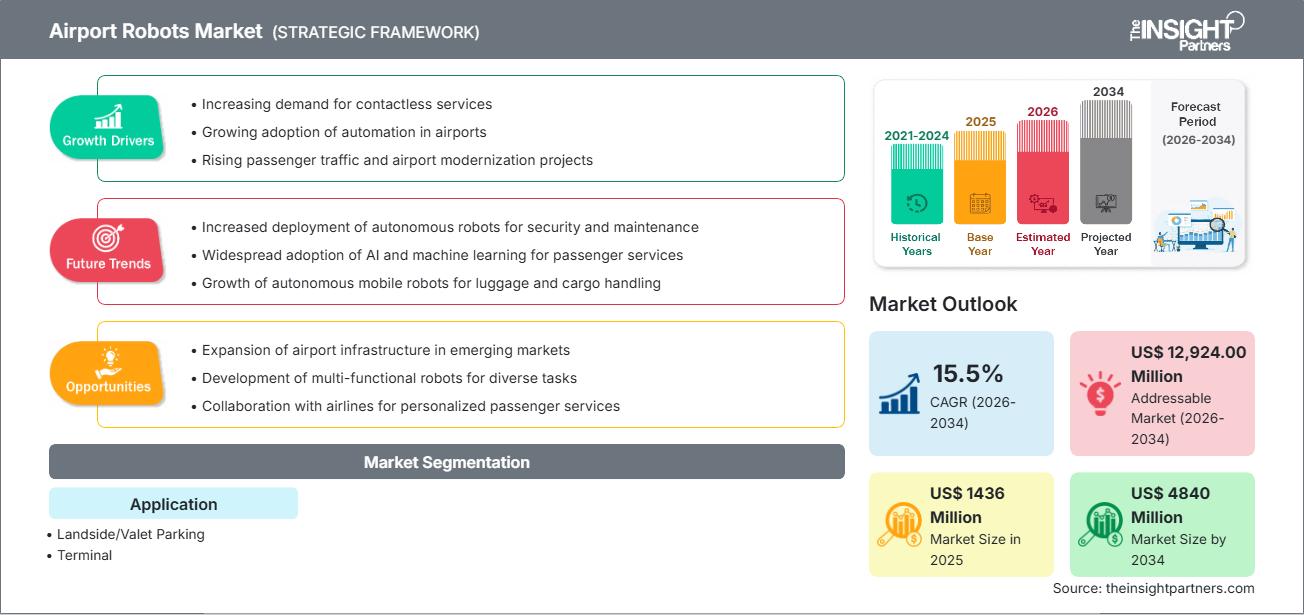
-
このレポートの主要な市場動向を入手してください。この無料サンプルには、市場動向から見積もりや予測に至るまでのデータ分析が含まれます。
空港ロボット市場の推進要因と機会
市場の推進要因:
- セキュリティの自動化と脅威の検出: セキュリティ上の脅威の増加により、空港では、群衆を監視し、異常を検出し、密輸品をスキャンするために、センサー、カメラ、顔認識機能を備えたロボットを導入するようになりました。
- 運用効率の要件: 空港は人件費を削減し、運用を最適化するというプレッシャーに常にさらされています。ロボットは疲れることなく作業を実行できるため、清掃、手荷物処理、監視などの手作業への依存を軽減できます。
- インフラの拡張と近代化:多くの政府が空港の建設または拡張に投資しており、空港設計の早い段階からロボット工学を統合する機会が生まれています。例えば、Insight Partnersのレポートでは、中国やインドなどの国における新空港建設が重要な成長要因となっていると指摘されています。
市場機会:
- 新興市場の成長: 新興経済国における急速な発展と空港容量の増加は、ロボットの導入にとって肥沃な土壌を提供します。
- AI とビジョンの統合: ナビゲーション、音声対話、群衆分析に AI を使用すると、空港ロボットの知能が高まり、乗客対応の役割における有用性が向上します。
- サービスイノベーション: 多言語による乗客支援、自動手荷物牽引、清掃、自動バレーパーキングロボットなど、ユースケースを拡大する可能性があります。
- ロボット OEM とのパートナーシップ: 空港はロボット製造業者や AI 企業と提携して、空港のレイアウト、乗客のプロファイル、規制要件に合わせて最適化されたカスタムメイドのロボット ソリューションを共同開発できます。
空港ロボット市場レポート:セグメンテーション分析
以下のセグメンテーションは、The Insight Partners の分析で一般的に使用される構造に従っています。
用途別:
- ランドサイド/バレーパーキング
- ターミナル
地理別:
- 北米
- ヨーロッパ
- アジア太平洋
- 南米と中央アメリカ
- 中東・アフリカ
空港ロボット市場の地域別分析
予測期間全体を通して空港ロボット市場に影響を与える地域的なトレンドと要因は、The Insight Partnersのアナリストによって徹底的に解説されています。このセクションでは、空港ロボット市場のセグメントと地域についても、北米、ヨーロッパ、アジア太平洋、中東・アフリカ、中南米に分けて解説しています。
空港ロボット市場レポートの範囲
| レポート属性 | 詳細 |
|---|---|
| 2025年の市場規模 | 14億3600万米ドル |
| 2034年までの市場規模 | 48億4000万米ドル |
| 世界のCAGR(2026年~2034年) | ?15.5% |
| 履歴データ | 2021-2024 |
| 予測期間 | 2026~2034年 |
| 対象セグメント |
アプリケーション別
|
| 対象地域と国 |
北米
|
| 市場リーダーと主要企業の概要 |
|
空港ロボット市場のプレーヤー密度:ビジネスダイナミクスへの影響を理解する
空港ロボット市場は、消費者の嗜好の変化、技術の進歩、製品の利点に対する認知度の高まりといった要因によるエンドユーザーの需要増加に牽引され、急速に成長しています。需要の増加に伴い、企業は製品ラインナップの拡充、消費者ニーズへの対応のためのイノベーション、そして新たなトレンドの活用を進めており、これが市場の成長をさらに加速させています。
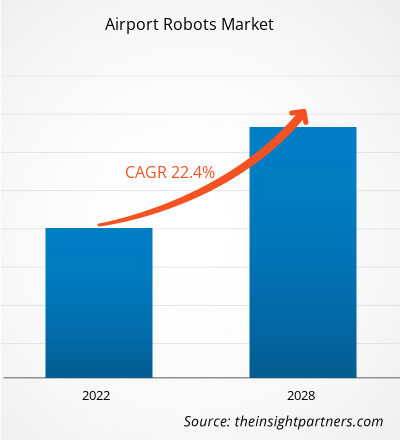
- 空港ロボット市場のトップキープレーヤーの概要を入手
空港ロボット市場シェア分析(地域別)
The Insight Partners のレポートでは、地域別の内訳を示し、地域によって需要がどのように異なるかを示しています。
北米
- 市場シェアと重要性: 強力な航空インフラ、高いセキュリティ基準、一人当たりのテクノロジー支出額の高さにより、歴史的に導入がリードしています。
- 主な推進要因: 規制遵守、人件費の圧力、乗客対応およびバックエンド業務へのロボットの統合。
ヨーロッパ
- 市場シェアと重要性: 先進的な空港と高い安全性および規制基準により、強力な存在感を発揮します。
- 主な推進要因: 空港運営における自動化、持続可能性、効率性に重点を置きます。
アジア太平洋
- 成長軌道: 急速な空港インフラの発展、乗客数の大幅な増加、有利な政府政策に支えられ、高成長地域になると予想されます。
- トレンド: 乗客の支援、セキュリティ、清掃のための AI 対応ロボットの導入、ロボット企業との連携の増加。
南米と中央アメリカ
- 市場の可能性: 成長を続ける航空部門。新しい空港の建設や改修に伴い、ロボットが導入される可能性があります。
中東・アフリカ
- 機会: 野心的な空港拡張計画、大量の乗客とセキュリティに対応するための高度な空港技術への関心の高まり。
空港ロボット市場のプレーヤー密度:ビジネスダイナミクスへの影響を理解する
観察された競争戦略:
- 空港とロボット OEM とのパートナーシップにより、カスタマイズされたロボットを共同で作成します。
- 介入を最小限に抑えながら価値を最大化する、より自律的で AI 駆動型のロボットの開発。
- 相互運用性を重視し、ロボットを空港管理システム、セキュリティ プロトコル、乗客データ システムと統合します。
- ロボットの信頼性、バッテリー寿命、厳格な航空規制を満たす安全認証を重視します。
機会と戦略的動き:
- ベンダーは政府と提携して空港近代化プログラムを活用することができます。
- 顧客体験とサービスの差別化を向上させるために、多言語対応の乗客対応ロボットを共同開発しています。
- ロボットのコスト(ハードウェア + ソフトウェア)を削減し、小規模な空港でも経済的に導入できるよう研究開発に投資します。
市場の主要プレーヤー:
- 株式会社ユージンロボット
- アビッドボッツ株式会社
- サイバーダイン株式会社
- ソフトバンクロボティクス
- スタンレーロボティクスSAS
- シータ
- ABB株式会社
- ECAグループ
- LGエレクトロニクス
調査中に分析された市場の他のプレーヤー:
- ユニバーサルロボットA/S
- シーメンスAG
- タレスグループ
- ヴァンダーランデ・インダストリーズ
- ボストンダイナミクス
- ハネウェルインターナショナル株式会社
- KUKA AG
- ブルーボティクスSA
- UVDロボット
空港ロボット市場のニュースと最近の動向
- Insight Partners のレポートでは、複数の空港で顔認識機能とリモートセンシング機能を備えたセキュリティ ロボットへの関心が高まり、導入が進んでいることが指摘されています。
- スタンレー・ロボティクスは、空港駐車場で自律型バレーパーキングロボットシステムを運用し、地上スペースを解放して効率性を向上させています。
- 新興経済国(アジアなど)の空港では、容量拡大と非接触型サービスのニーズの両方に後押しされ、乗客支援ロボットや清掃ロボットへの投資が増えています。
- OEM は、多様な乗客プロファイルに対応するために、バッテリー寿命の向上、AI ナビゲーションの向上、マルチモーダル インタラクション (音声 + タッチ) を備えた次世代ロボット システムを開発しています。
空港ロボット市場レポートの対象範囲と成果物
The Insight Partnersによる「空港ロボット市場 – 2034年までの予測」レポートでは、以下の内容を取り上げています。
- 世界および地域の市場規模と予測(2021~2034年)
- 市場のダイナミクス:推進要因、制約、機会、トレンド
- COVID-19による空港ロボット導入への影響評価
- セグメンテーション分析:タイプ、アプリケーション、エンドユーザー、地域別
- PEST分析(政治、経済、社会、技術)とSWOT分析
- 競争環境:市場集中、主要プレーヤーのヒートマップ、戦略
- 主要企業の詳細な企業プロフィール:SITA、ソフトバンクロボティクス、スタンレーロボティクス、ABB、LGエレクトロニクス、サイバーダイン、ユージンロボットなど。
- 過去2年間の分析、基準年、CAGRによる予測(7年間)
- PEST分析とSWOT分析
- 市場規模価値/数量 - 世界、地域、国
- 業界と競争環境
- Excel データセット
最新レポート
お客様の声
購入理由
- 情報に基づいた意思決定
- 市場動向の理解
- 競合分析
- 顧客インサイト
- 市場予測
- リスク軽減
- 戦略計画
- 投資の正当性
- 新興市場の特定
- マーケティング戦略の強化
- 業務効率の向上
- 規制動向への対応












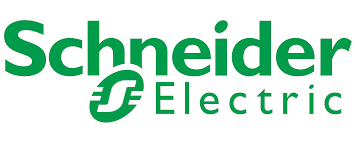


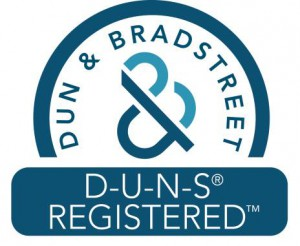
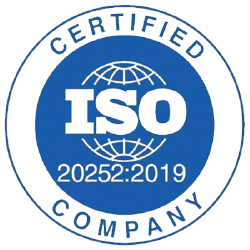





 無料サンプルを入手 - 空港ロボット市場
無料サンプルを入手 - 空港ロボット市場